Las Cumbres Observatory gains first light for entire 1-meter node at CTIO
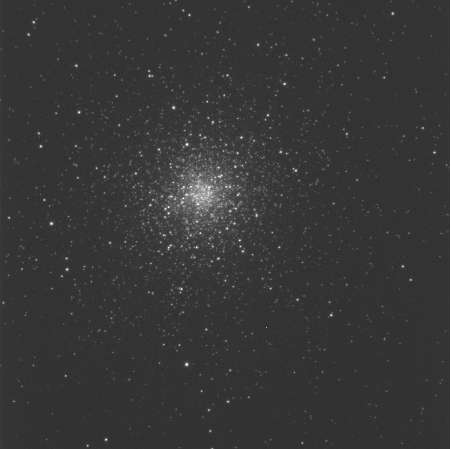
(Phys.org)—After nearly eight years of design, fabrication and development, Las Cumbres Observatory Global Telescope (LCOGT) installed three 1-meter telescopes at Cerro Tololo Inter-American Observatory(CTIO) and achieved first light on all three in a span of less than 30 hours last week.
Lead Engineer Annie Hjelstrom has been on site with a team of four from Las Cumbres since September 27, installing, integrating, and collimating the three 1-meter telescopes. The team achieved first light on two of the telescopes two weeks later on October 10th.
The third telescope achieved first light one day later. Rachel Ross, Science Operations at LCOGT put together an RGB image of Messier 30 (M30 or NGC 7099) using the telescope its first night on-sky.
Company founder and lead engineer, Wayne Rosing said, "At the end of a three week install trip, we have three telescopes and nine cameras all functioning. There's a very short punch list of to-do's left, and we are already putting limited scientific observations into the queue scheduler." Rosing congratulated the team that made the event possible. "Next stop Sutherland, South Africa to install three more 1-meter telescopes."
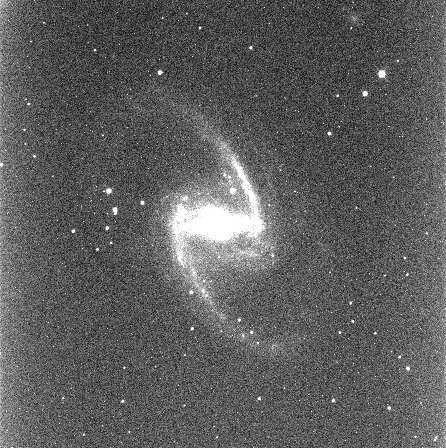
Earlier in the the week, Las Cumbres achieved first light on their NRES spectrograph, and earlier in the year, achieved first light on a 1-meter at McDonald Observatory and on the two FLOYDS spectrographs on the Faulkes telescopes.
Each day, the team on-site at CTIO completes installation work and runs engineering shake-down tests. Each night they turn the telescopes over to headquarters. Astronomers in Santa Barbara, California then run the telescopes robotically, acquiring test photometry and automated groups of observations - TPOINT runs - to test telescope pointing. During TPOINT runs, a telescope points sequentially to as many as 500 different targets in the night sky. Small recorded errors in telescope positioning are then analyzed, and the next day, these tell the team on site how to adjust the telescope so that it can go precisely and consistently to any desired point in the sky.
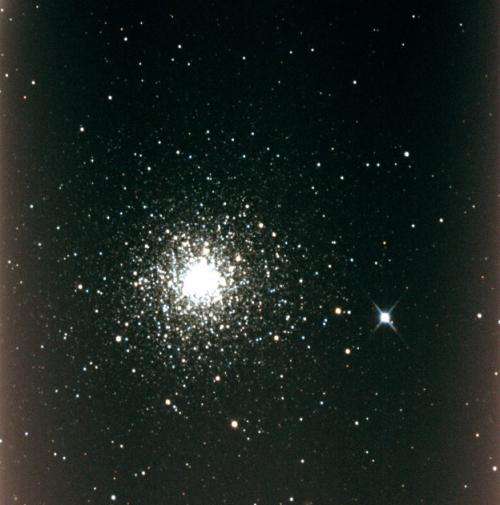
A Global Telescope
LCOGT is a private, nonprofit science institute engaged in time domain astrophysics. The LCOGT Science team, led by Science Director Tim Brown, has published extensively on exoplanets, supernovae, and minor planet research. The organization owns and operates the two 2-meter Faulkes Telescopes, and is in the midst of deploying a large global network of 1-meter telescopes.
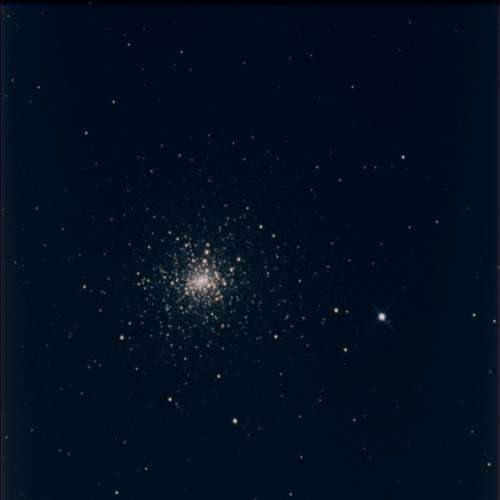
"The 1-meter telescope network adds a critical astronomical resource," says Brown. "Because the network will span both hemispheres, and because one or more LCOGT nodes will always be in the dark, astronomers can observe from anywhere on earth at nearly any time. Also, these telescopes—robotic, responsive, and numerous— will allow massive but carefully-directed observing campaigns that could never be done before."
When the network is complete, LCOGT will have up to 15 1-meter telescopes installed around the world. While the first one is already performing science observations at McDonald Observatory in Texas, the first complete observatory nodes are in the southern hemisphere. With the first three telescopes functional in Chile, the next three are in manufacturing and will ship to the South Africa Astronomical Observatory (SAAO) before year's end. Two more will ship to Siding Spring Observatory in Australia after the new year.
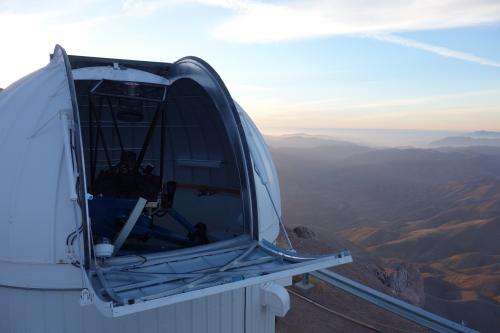
About a third of the network science time in the southern hemisphere is dedicated to the astronomy program of the Scottish Universities Physics Alliance, and specifically to St. Andrews University. St. Andrews has worked with LCOGT over the last seven years on an exoplanet identification and characterization program using the Faulkes Telescopes and is interested in expanding that program onto a larger network. Other science partnerships are anticipated.
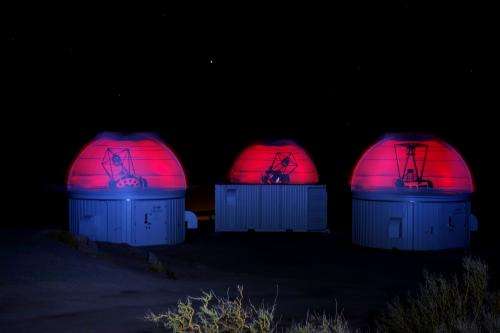
"We're very much looking forward to getting the 1-meter network commissioned for science," LCOGT staff astronomer Rachel Street said. "These telescopes are ideal for the exoplanet characterization, supernovae follow-up and solar system studies our teams specialize in."
Provided by Las Cumbres Observatory


















